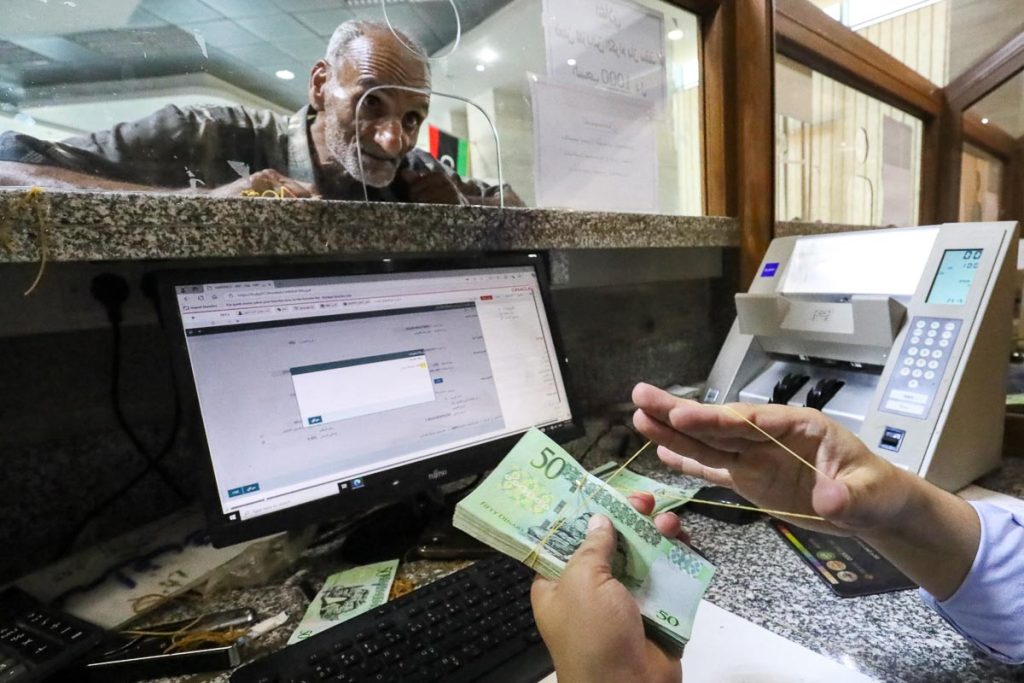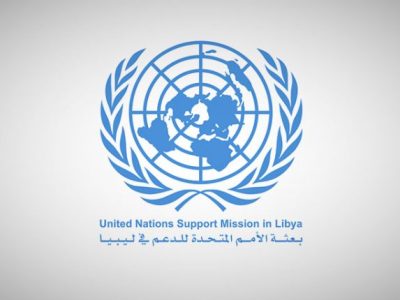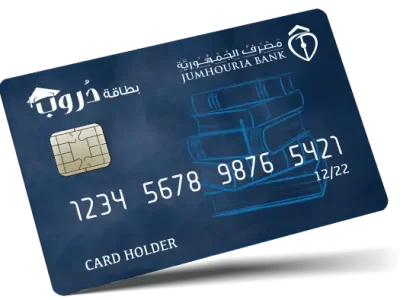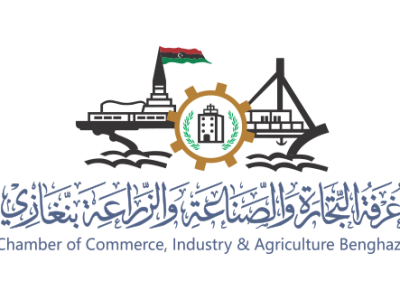Libya Banking System Struggles with Cash Shortages, Weak Credit, and Digital Barriers
For many Libyans, going to the bank feels less like a simple errand and more like an ordeal. People line up for hours outside branches, sometimes under the hot sun, only to be told that withdrawals are capped or that there is no cash available. Families often keep their savings at home. By 2018 the World Bank estimated that nearly one third of the country’s currency was circulating outside the banks. That amount of cash in private hands weakens the entire system. It makes it harder for banks to lend, harder for businesses to grow, and harder for the state to guide the economy.
A Shortage That Never Ends
Liquidity shortages have persisted since 2011. Despite Libya’s vast oil wealth, banks regularly limit withdrawals and cash machines are scarce. In 2021 there were approximately 11 ATMs for every 100,000 adults. In many towns in the south there were none at all. Daily life continues to depend on cash, which only magnifies the impact of shortages.
Businesses face severe constraints. Credit to the private sector is among the lowest in the world at around 11 percent of GDP. Only a small share of companies report having access to a loan or a credit line. After interest was banned in 2013, Islamic finance replaced conventional lending. Banks have struggled to design practical products that meet demand. Many entrepreneurs must rely on their own funds or turn to informal lenders.
Trade financing has also suffered. Because of liquidity shortages and delays in approval, many importers choose to bypass the formal system. More than a third of Libya’s imports are believed to move through informal channels. That deprives banks of business, reduces transparency, and limits the government’s ability to track capital flows.
Political division deepened the crisis. For years Libya operated with two central banks, one in Tripoli and another in Benghazi. Each issued its own policies and even printed separate banknotes. At one point eastern banks were excluded from the national clearing system and had to process transactions by hand. The duplication eroded confidence in monetary policy and created deep uncertainty. Reunification efforts began in 2021 but the process is still incomplete. The risk of another split continues to weigh on the system.
Unequal Access
Access to banking services depends heavily on geography. Coastal cities tend to have branches, ATMs, and some card services. Large parts of the south remain underserved. Some towns have no ATMs or point-of-sale machines at all. Residents are effectively excluded from formal finance, which increases inequality and reliance on informal markets. Mobile banking units or local shops acting as banking agents could help bridge the gap.
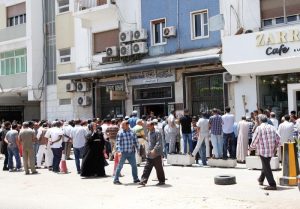
Digital finance holds potential. By late 2024 Libya had issued 4.7 million payment cards and deployed 72,000 point-of-sale terminals. Yet only about one in five Libyans had made an online payment. Surveys suggest many people would use digital options if acceptance were broader, fees lower, and internet access more reliable. Forty-two percent of respondents said poor connectivity in shops kept them from using digital payments. Not all banks are connected to the national payment switch, which means transfers between banks remain slow. Until infrastructure improves, cash will remain dominant.
Trust is another problem. Libya still lacks a formal banking protection law, even though a draft was prepared in 2010. Rules on electronic transactions, privacy, and cybercrime are outdated. Customers who face fraud, unfair fees, or service failures have little recourse. Years of poor service and restricted withdrawals have only made confidence weaker. Stronger consumer rights and perhaps even deposit insurance would signal that banks are safe places to keep money.
Slow Progress and What Comes Next
There are signs of progress. The Central Bank has approved the printing of new banknotes to ease shortages and has injected liquidity to keep banks afloat. It has introduced tougher capital and liquidity standards that require banks to strengthen their balance sheets. Oversight of foreign currency transactions has been tightened, which has reduced opportunities for fraud and narrowed the gap between official and black-market exchange rates. Transparency has improved through centralization of foreign exchange approvals and stricter checks on money laundering.
Conflicts of interest remain. The Central Bank still owns large shares of commercial banks. This discourages competition and slows modernization. Greater private participation could help improve services and innovation.
Digital finance stands out as the clearest opportunity for transformation. Platforms such as Miza, with around 300,000 users, and the LYPay real-time payments system are starting to change how people move money. They allow transfers, merchant payments, and salary disbursements without using physical cash. If these systems were expanded and made interoperable, they could reduce dependence on banknotes. Broader agent banking networks and stronger telecom infrastructure would allow services to reach remote communities. Lower transaction fees, incentives for merchants, and public campaigns could also encourage adoption.
For businesses, reforms must move beyond short-term liquidity relief. A credit bureau and a collateral registry would help banks lend more confidently, particularly to small and medium enterprises that are currently excluded. A clear framework for Islamic finance could unlock new products that meet both religious and commercial needs. Simpler account-opening rules and lower fees would bring more Libyans into the formal system. Government could set an example by digitizing tax and utility payments.
Why It Matters
Reliable banking is the backbone of economic life. It gives families access to savings in emergencies, allows workers to withdraw salaries without delay, and provides businesses with tools to trade and grow. Libya has the resources and the expertise to repair its banking system. Reunifying the central bank, expanding digital infrastructure, strengthening consumer protections, and broadening access to credit are the essential steps.
Progress will be difficult and uneven, yet the stakes are high. A stronger banking system means families can depend on their savings, salaries reach workers on time, and businesses have the credit they need to grow. It also gives policymakers the tools to manage the economy more effectively and reduce the constant risk of crisis. Libya has the wealth and capacity to make this shift. What is missing is the sustained commitment to finish reunifying the central bank, modernize financial services, and rebuild trust. If that commitment takes hold, banking could once again become a source of stability instead of uncertainty.

